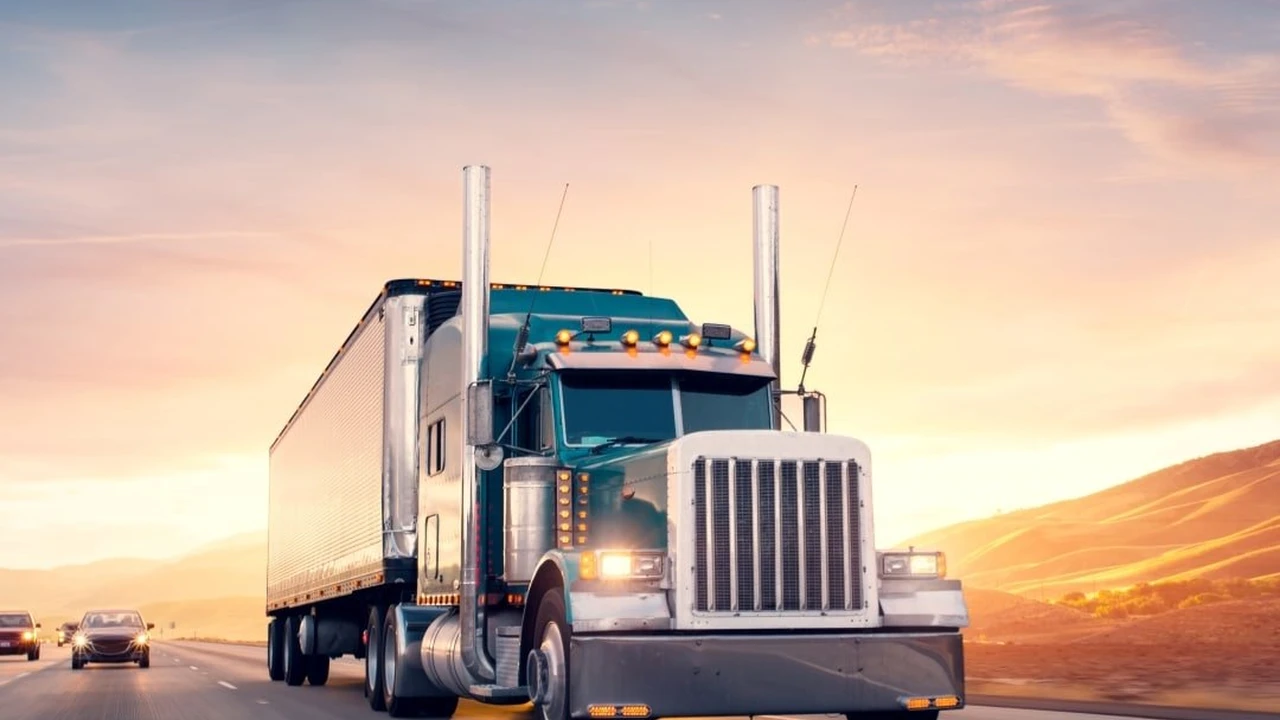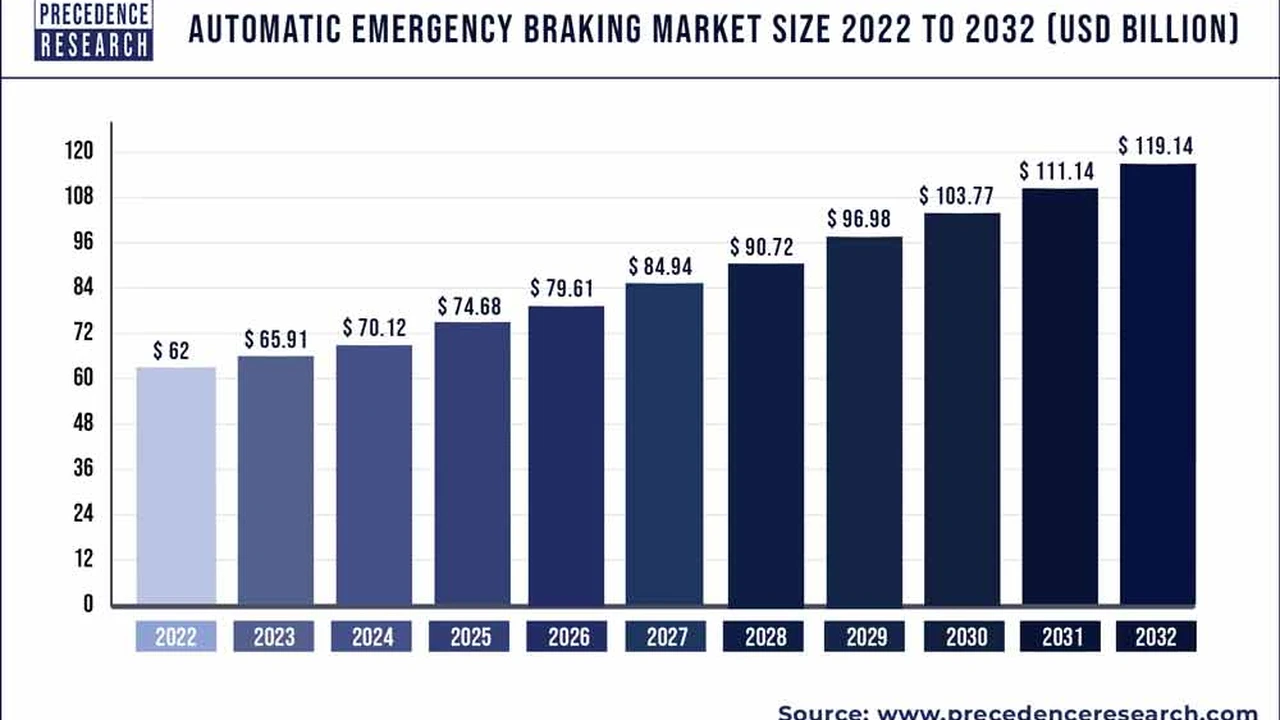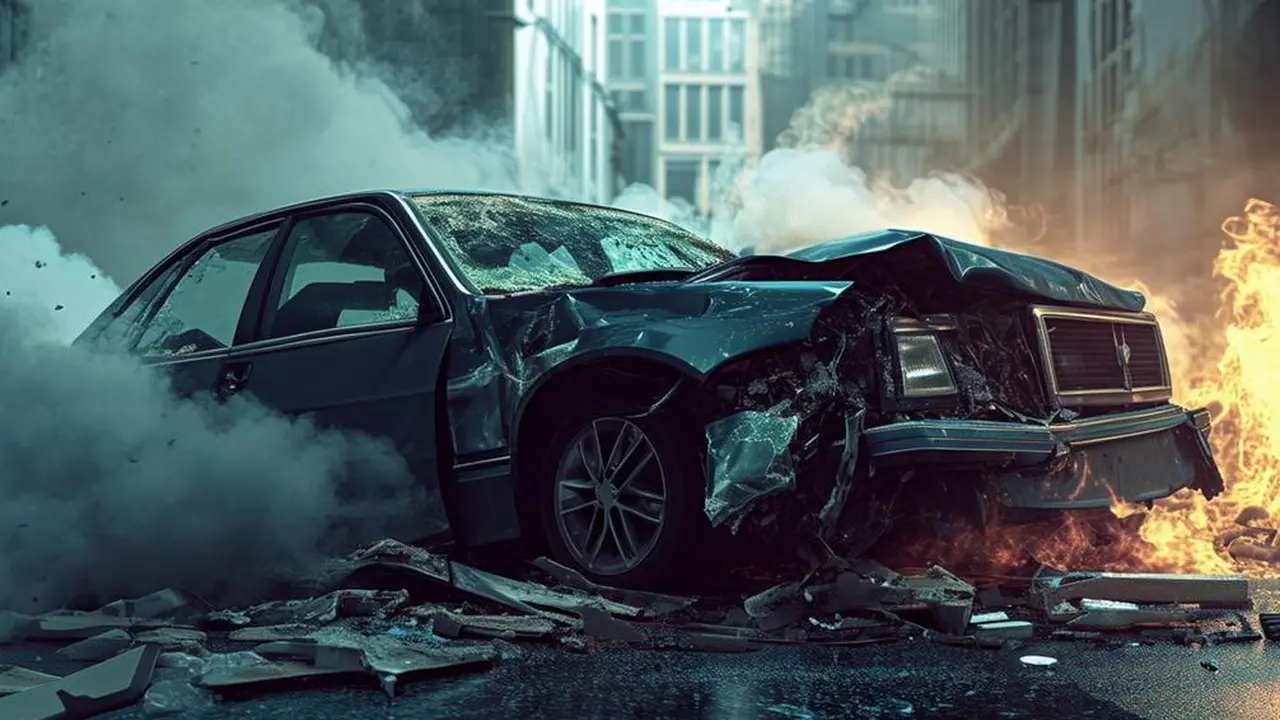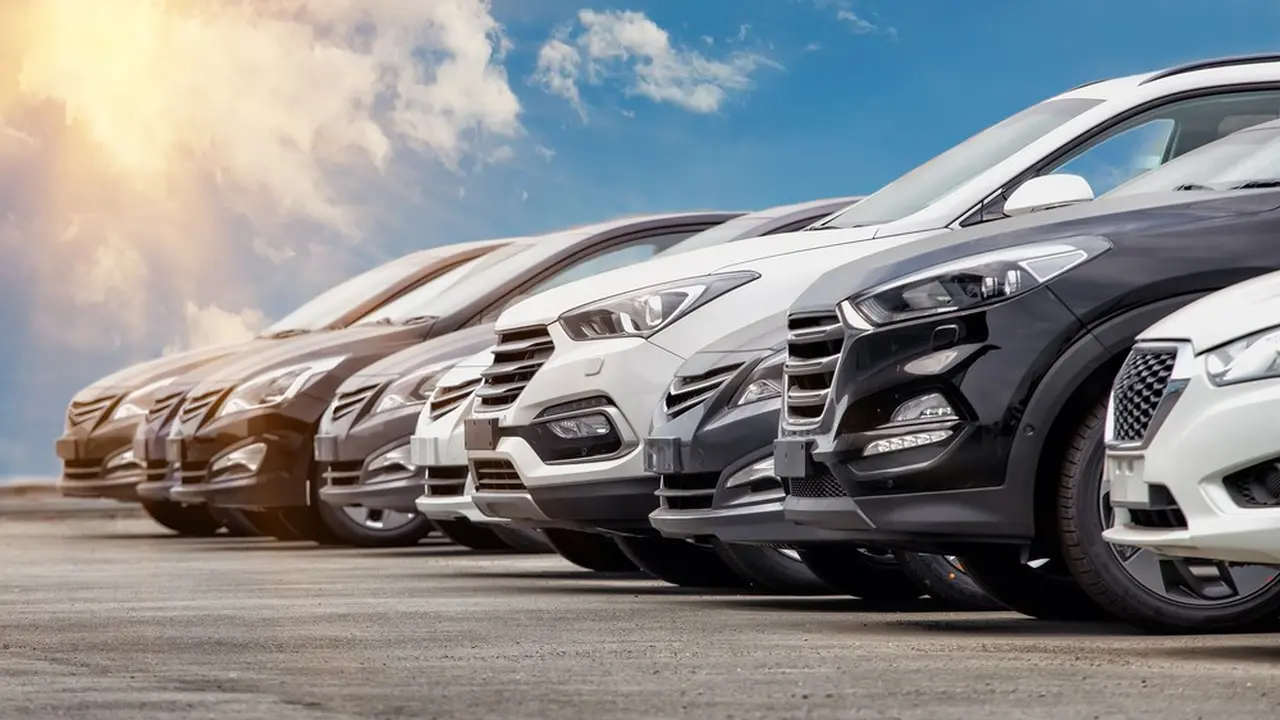7 Best Crash Avoidance Systems for Safe Driving

Understanding Crash Avoidance Technologies and Their Importance for Safe Driving
Hey there, fellow drivers! Let's talk about something super important: staying safe on the road. We all want to get from point A to point B without any bumps (literally!), and that's where crash avoidance technologies come in. These aren't just fancy gadgets; they're your electronic co-pilots, constantly watching out for potential dangers and helping you react in time.
Think about it: driving can be unpredictable. Distractions, other drivers, weather conditions – there's a lot to keep track of. Crash avoidance systems act as an extra set of eyes (and sometimes even feet!), giving you that crucial split-second advantage to avoid an accident. They're game-changers, and understanding them can seriously improve your driving safety.
Forward Collision Warning (FCW) Systems: Preventing Front-End Crashes
One of the most common types of accidents is a front-end collision. FCW systems are designed to prevent exactly that. They use sensors, usually radar or cameras, to monitor the distance and speed of the vehicle in front of you. If the system detects that you're approaching too quickly and a collision is imminent, it'll give you a warning – usually a visual alert and an audible beep.
The beauty of FCW is its simplicity and effectiveness. It gives you that early heads-up, allowing you to brake or steer away from danger. Some advanced FCW systems even include automatic emergency braking (AEB), which we'll talk about next.
Automatic Emergency Braking (AEB) Systems: Taking Control in Critical Situations
AEB takes FCW a step further. If the system detects an unavoidable collision and you haven't reacted quickly enough, it'll automatically apply the brakes. This can significantly reduce the severity of the impact, or even prevent the collision altogether. It's like having a super-alert co-driver who's always ready to slam on the brakes if needed.
AEB systems are becoming increasingly common in new vehicles, and for good reason. They're incredibly effective at preventing accidents and saving lives. When shopping for a car, definitely look for one equipped with AEB.
Lane Departure Warning (LDW) and Lane Keeping Assist (LKA) Systems: Staying Within the Lines
Drifting out of your lane can be a recipe for disaster, especially on highways. LDW systems use cameras to monitor your position within the lane. If you start to drift without signaling, the system will alert you – often with a vibration in the steering wheel or a visual warning.
LKA goes a bit further than LDW. In addition to warning you, it can also gently steer you back into your lane. This is particularly helpful if you're tired or distracted, preventing you from accidentally drifting into another lane or off the road.
Blind Spot Monitoring (BSM) Systems: Eliminating Hidden Dangers
Blind spots – those areas around your car that you can't see in your mirrors – can be a major hazard. BSM systems use sensors to detect vehicles in your blind spots. When a vehicle is detected, a warning light will illuminate in your side mirror, alerting you to its presence. Some systems also include an audible alert if you try to change lanes while a vehicle is in your blind spot.
BSM is especially useful in heavy traffic or on multi-lane highways, where it can be difficult to keep track of all the vehicles around you. It gives you that extra layer of awareness, helping you avoid dangerous lane changes.
Adaptive Cruise Control (ACC) Systems: Maintaining a Safe Following Distance
Cruise control is great for maintaining a constant speed on long drives, but traditional cruise control doesn't account for the vehicles around you. ACC changes that. It uses sensors to monitor the distance to the vehicle in front of you and automatically adjusts your speed to maintain a safe following distance.
ACC can be a huge help in stop-and-go traffic, as it can automatically accelerate and brake to keep pace with the vehicle ahead. It can also make long drives less tiring, as you don't have to constantly adjust your speed.
Rear Cross-Traffic Alert (RCTA) Systems: Backing Out with Confidence
Backing out of a parking space can be tricky, especially if your visibility is limited. RCTA systems use sensors to detect vehicles approaching from the sides as you're backing up. If a vehicle is detected, the system will alert you, giving you time to stop and avoid a collision.
RCTA is particularly useful in crowded parking lots or when backing out onto a busy street. It gives you that extra set of eyes, helping you avoid accidents that could easily happen otherwise.
Parking Assist Systems: Making Parking a Breeze
Parallel parking can be a challenge for even experienced drivers. Parking assist systems use sensors and cameras to help you park more easily. Some systems can even steer the car into the parking space automatically, while you control the accelerator and brake.
Parking assist systems are a great option for drivers who struggle with parking, or who simply want to make the process less stressful. They can also help you avoid dings and scratches, saving you money on repairs.
Specific Product Recommendations and Comparisons
Okay, so you know what these systems *do*, but what about specific products? Let's dive into some recommendations and comparisons. Keep in mind that prices can vary depending on the vehicle and trim level.
Forward Collision Warning and AEB Systems: Volvo City Safety vs. Subaru EyeSight
Volvo's City Safety is a standout in this category. It's standard on most Volvo models and includes automatic emergency braking with pedestrian, cyclist, and large animal detection. It's known for its reliability and effectiveness in preventing collisions.
Subaru's EyeSight is another excellent system. It's standard on many Subaru models and includes adaptive cruise control, lane keep assist, and pre-collision braking. EyeSight uses stereo cameras to detect objects in front of the vehicle, providing accurate and reliable performance.
Comparison: Both systems are highly rated for their effectiveness. Volvo City Safety has a slight edge in pedestrian and cyclist detection, while Subaru EyeSight offers a more comprehensive suite of features, including adaptive cruise control.
Price: Both are generally included as standard equipment on their respective brands, influencing overall vehicle price rather than being standalone purchases.
Blind Spot Monitoring Systems: Honda LaneWatch vs. Mazda Blind Spot Monitoring
Honda LaneWatch is a camera-based system that displays a live video feed of your right-side blind spot on the infotainment screen when you activate the right turn signal. It's a unique approach to blind spot monitoring, providing a clear view of the area.
Mazda's Blind Spot Monitoring uses radar sensors to detect vehicles in your blind spots and alerts you with a warning light in the side mirror. It's a more traditional system, but it's highly effective and reliable.
Comparison: Honda LaneWatch provides a visual view of the blind spot, which can be helpful in certain situations. However, it only covers the right side of the vehicle. Mazda's Blind Spot Monitoring covers both sides and provides a more discreet warning.
Price: Similar to FCW/AEB, these are usually part of a larger package or trim level.
Adaptive Cruise Control: Tesla Autopilot vs. BMW Active Driving Assistant
Tesla Autopilot is one of the most advanced adaptive cruise control systems on the market. It can automatically accelerate, brake, and steer the car within its lane, and even change lanes on its own. However, it's important to note that Autopilot is not a fully autonomous system and requires driver supervision.
BMW's Active Driving Assistant is another excellent system that includes adaptive cruise control, lane keep assist, and traffic jam assist. It's a more conservative system than Autopilot, but it's highly reliable and effective at maintaining a safe following distance.
Comparison: Tesla Autopilot offers more advanced features, such as automatic lane changes, but it also requires more driver attention. BMW's Active Driving Assistant is more reliable and less prone to errors, but it doesn't offer as many advanced features.
Price: Tesla Autopilot is an optional upgrade, whereas BMW's Active Driving Assistant is often included in premium packages.
Real-World Scenarios: How Crash Avoidance Technologies Can Save You
Let's paint a picture. Imagine you're driving on the highway, a bit tired after a long day. You're approaching a slower-moving car, but you're slightly distracted. Suddenly, your FCW system blares a warning, jolting you back to attention. You quickly brake, avoiding a rear-end collision. Without the FCW system, you might have been involved in an accident.
Or, imagine you're backing out of a parking space in a crowded shopping center. A car is speeding down the aisle, but you can't see it because of a large SUV parked next to you. Your RCTA system alerts you to the approaching car, giving you time to stop and avoid a collision. Again, a potentially dangerous situation averted thanks to technology.
These are just a couple of examples of how crash avoidance technologies can save you from accidents in real-world situations. They're not foolproof, but they can significantly reduce your risk of being involved in a collision.
The Future of Crash Avoidance Systems: What's Next?
Crash avoidance technologies are constantly evolving, and the future looks bright. We can expect to see even more advanced systems that are more accurate, reliable, and effective at preventing accidents. We'll see more integration of AI and machine learning, allowing cars to better predict and respond to potential hazards. The ultimate goal is to create cars that can drive themselves safely and reliably, eliminating the risk of human error.
For now, understanding and utilizing the crash avoidance systems available today is a huge step toward safer driving. Stay informed, drive responsibly, and let these technologies be your co-pilot on the road.
:max_bytes(150000):strip_icc()/277019-baked-pork-chops-with-cream-of-mushroom-soup-DDMFS-beauty-4x3-BG-7505-5762b731cf30447d9cbbbbbf387beafa.jpg)






